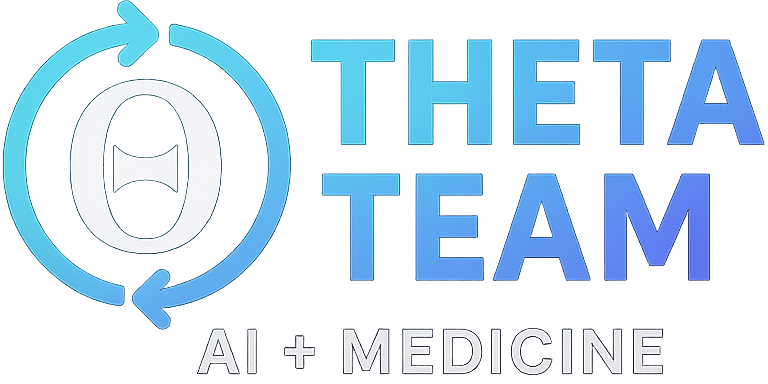03 PUBLICATIONS
Our Research
Our team publishes cutting-edge research in the fields of artificial intelligence, computational biology, and drug discovery. Below you'll find our latest peer-reviewed publications.
AI-Driven Protein Design
Nature Reviews Bioengineering (2025)
DOI: https://www.nature.com/articles/s44222-025-00349-8
Abstract
Protein design is undergoing a revolution driven by artificial intelligence (AI), transforming how we engineer proteins for applications in drug discovery, biotechnology and synthetic biology. By navigating the immense complexity of protein sequence space and overcoming the limitations of structural and functional data, AI enables unprecedented precision and speed in designing novel proteins with tailored functions. Central to this Review is a comprehensive and actionable roadmap for designers, providing step-by-step guidance on how to integrate state-of-the-art AI tools into protein design workflows, including tools for structural and functional prediction as well as generative models for de novo design. To illustrate this roadmap in practice, we present case studies showcasing AI-driven protein design, from engineering therapeutic proteins to designing novel proteins that unlock enzyme functions and reprogramme biomolecular systems. Looking ahead, we outline future directions highlighting the vast potential of AI to revolutionize synthetic biology, expedite drug development and drive sustainable biotechnology, positioning it as a transformative force at the forefront of protein design.
Large language models for scientific discovery in molecular property prediction
Nature Machine Intelligence 7, 437–447 (2025)
DOI: https://doi.org/10.1038/s42256-025-00994-z
Abstract
Recent advances in large language models have demonstrated remarkable capabilities in various domains, including natural language processing and code generation. In this work, we extend these capabilities to molecular property prediction, a critical task in drug discovery. We propose a novel approach that leverages the knowledge embedded within large language models to enhance the prediction of molecular properties, leading to more accurate and interpretable results compared to traditional methods.
Physicochemical graph neural network for learning protein–ligand interaction fingerprints from sequence data
Nature Machine Intelligence 6, 673–687 (2024)
DOI: https://doi.org/10.1038/s42256-024-00847-1
Abstract
Understanding protein-ligand interactions is fundamental to drug discovery and development. We present a novel physicochemical graph neural network architecture designed to learn protein-ligand interaction fingerprints directly from sequence data. Our approach integrates physicochemical properties of amino acids and small molecules to create more informative representations, leading to improved prediction accuracy and interpretability of binding interactions.
